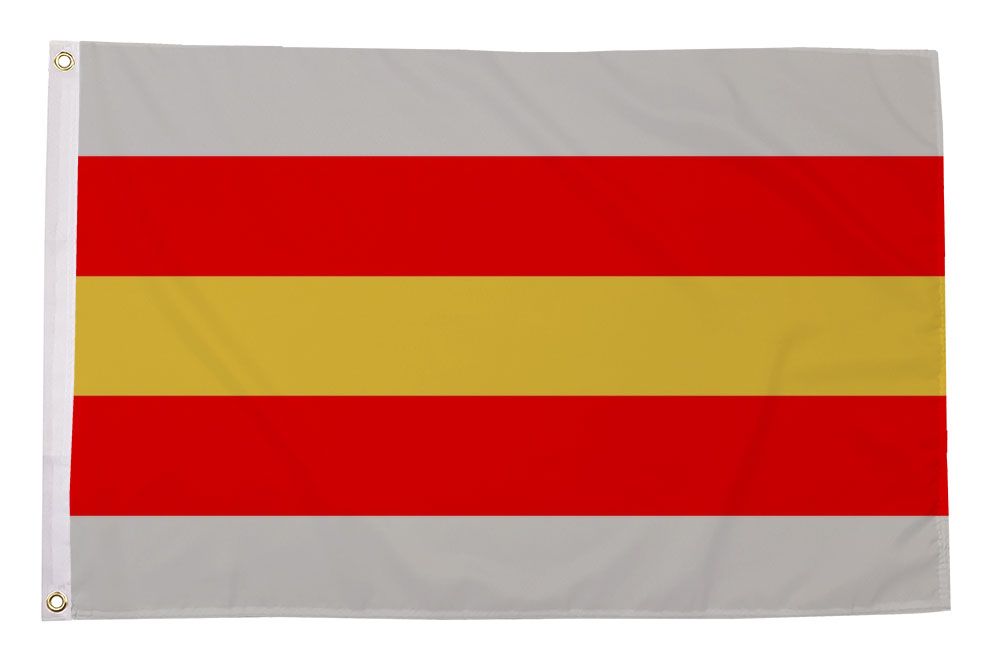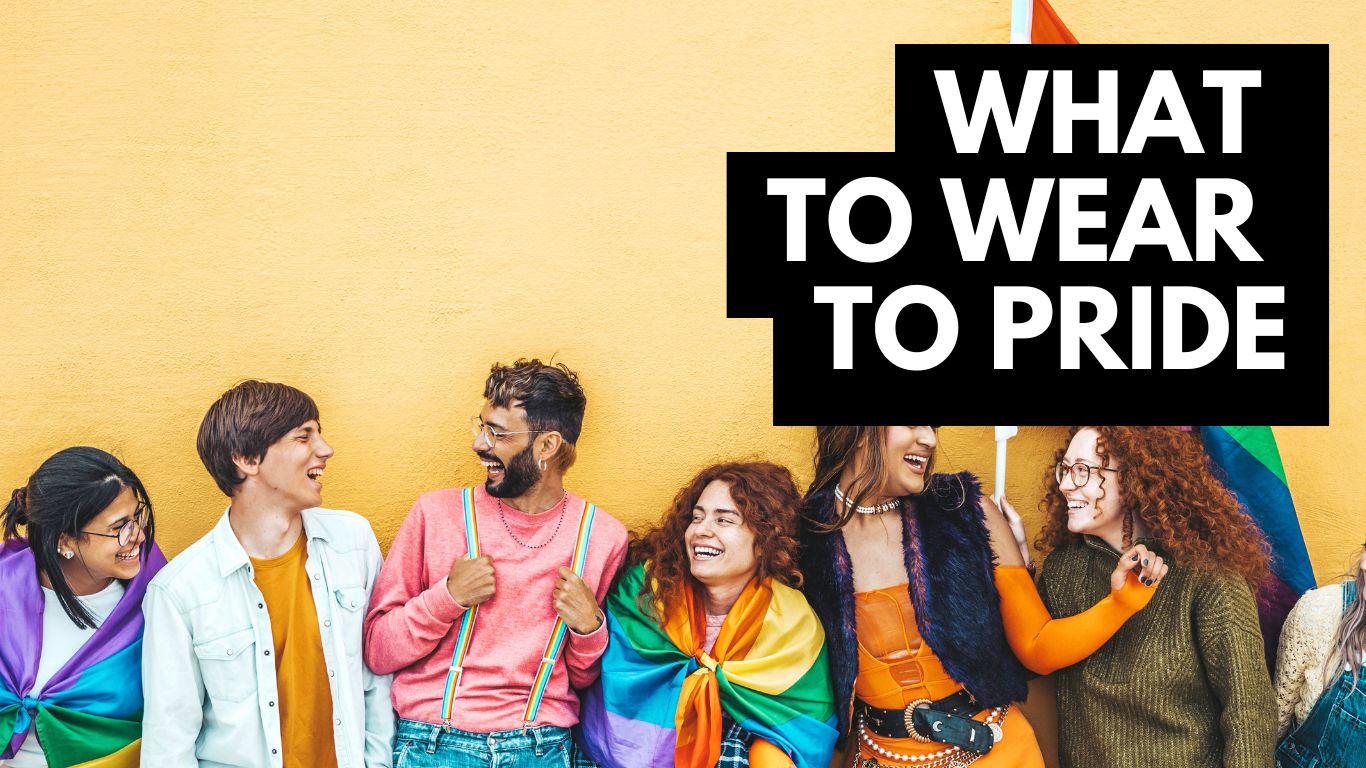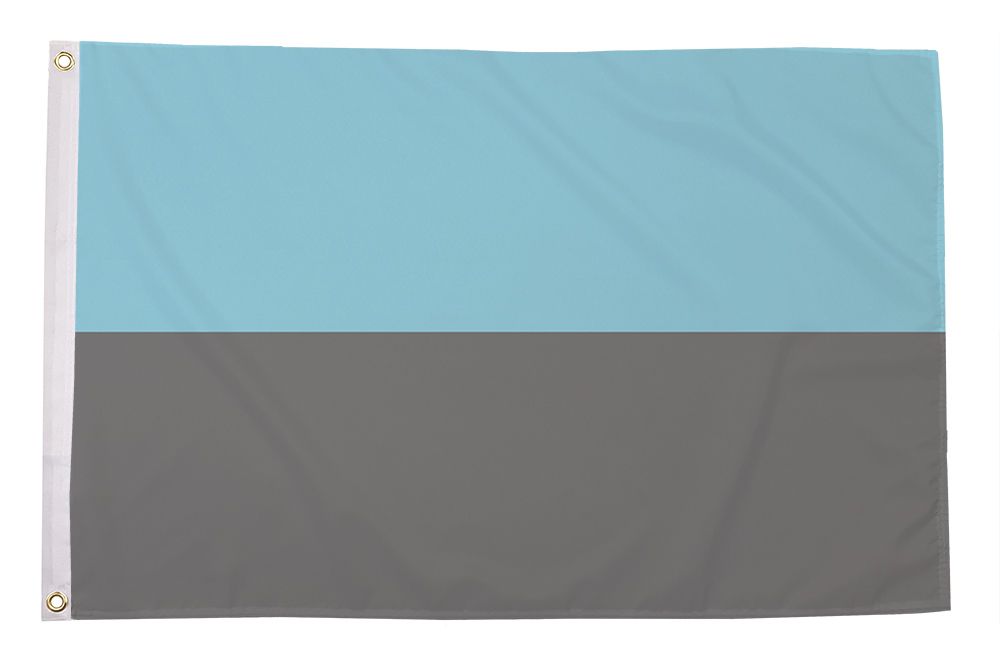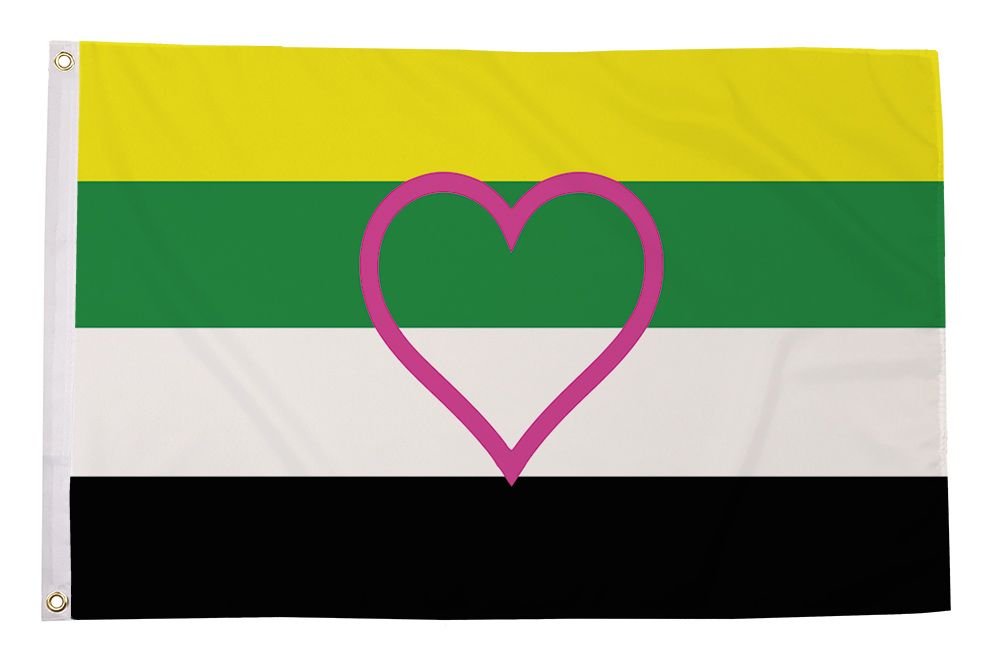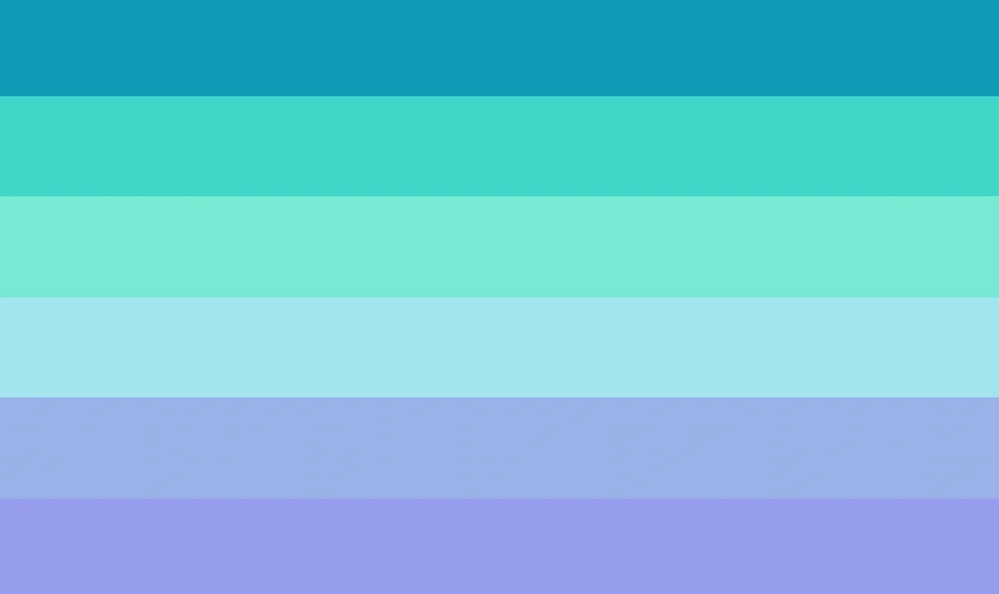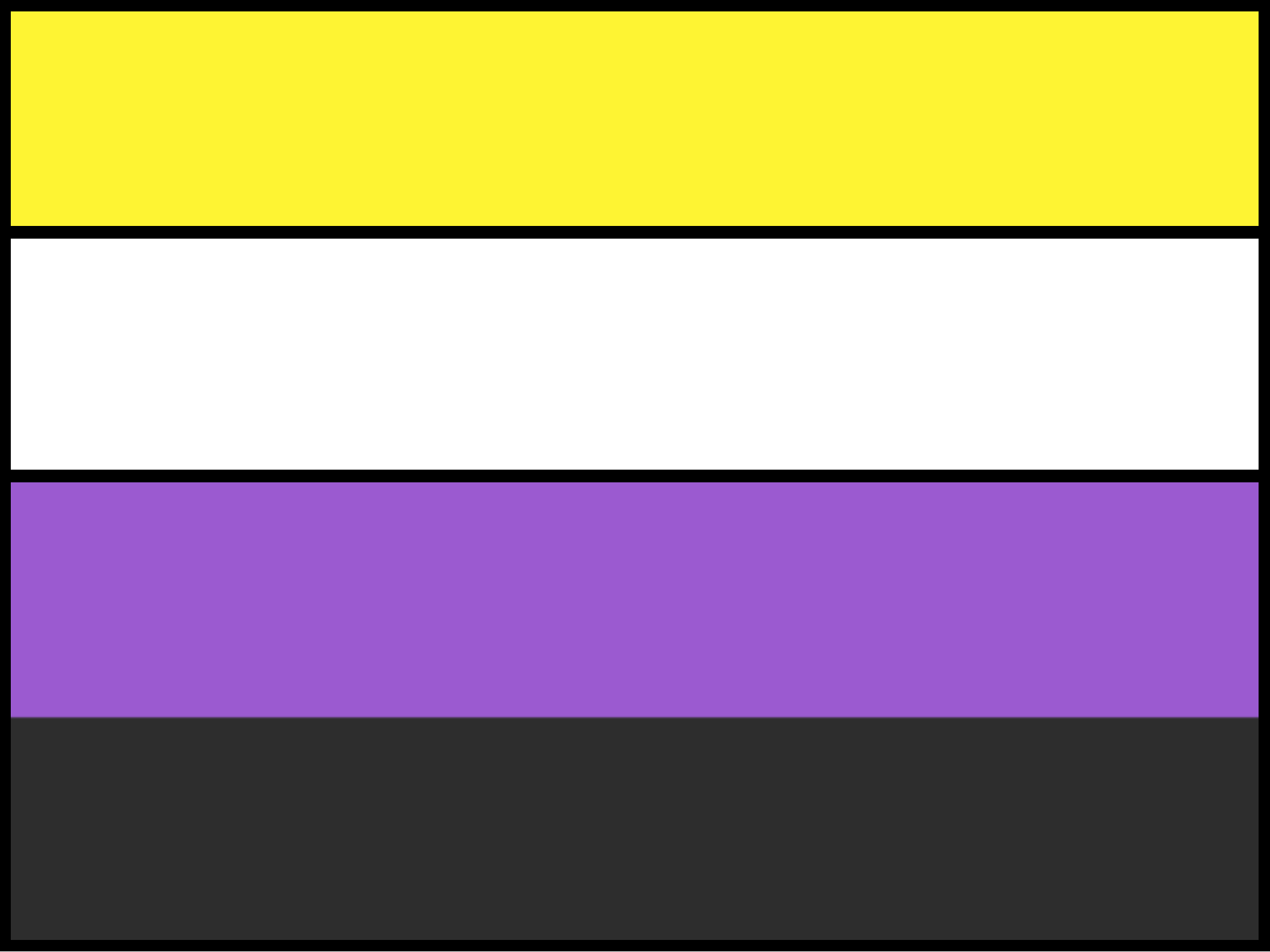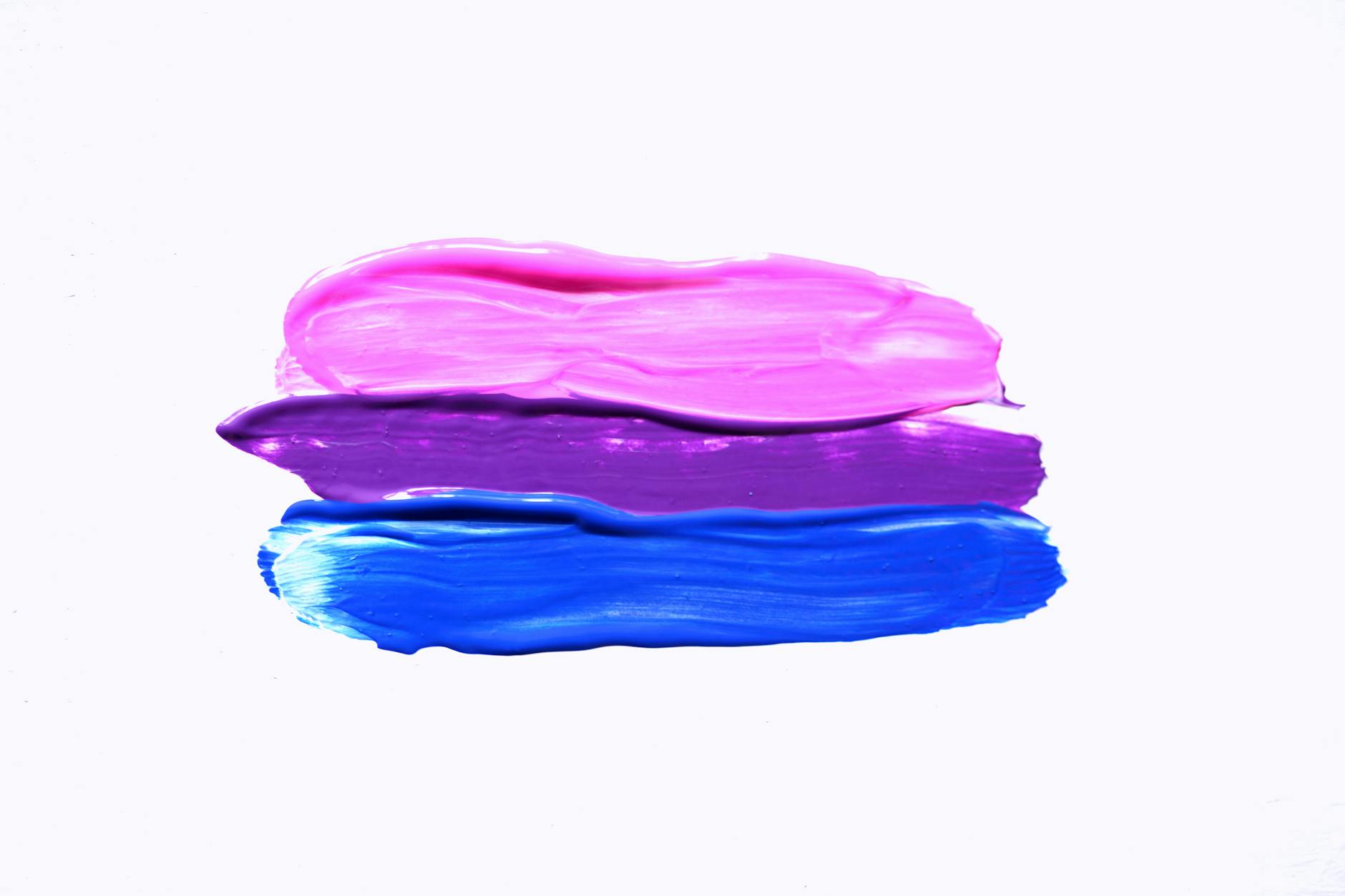What is Proculsexual and who can be one?
What is Proculsexual? Proculsexual is an identity on the asexual spectrum, referring to someone who…
0 Comments
Everything you ever wanted to know about the LGBT+ community. From flags to pronouns.
